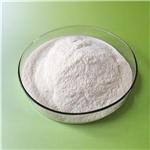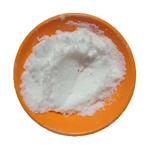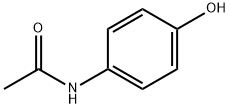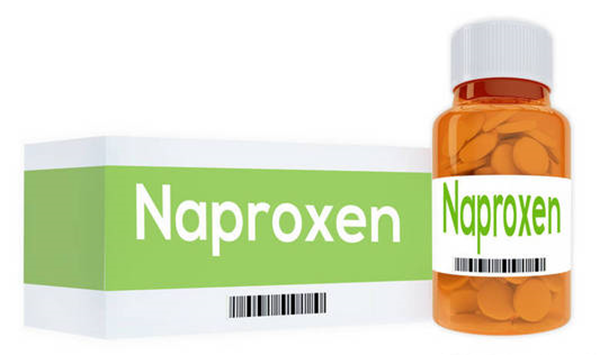The mechanism of action of Acetaminophen and its toxicity
Acetaminophen, also known as paracetamol, stands as a stalwart in the realm of antipyretic and analgesic medications. Its widespread use stems from its efficacy in alleviating fever and pain symptoms, making it a household staple for various ailments, including the common cold and influenza.

Mechanism of Action
Acetaminophen exerts its analgesic and antipyretic effects by inhibiting the synthesis of prostaglandins, thereby reducing pain and fever.
Within the central nervous system, it inhibits prostaglandin synthesis, diminishing pain sensation.
Its antipyretic action involves modulation of the hypothalamic temperature regulation center, leading to peripheral blood vessel dilation, sweating, and enhanced heat dissipation.
Metabolism and Toxicity
Upon ingestion, the majority of acetaminophen is metabolized by the liver, with a small percentage undergoing cytochrome P450 oxidase metabolism to form N-acetyl p-benzoquinone imine (NAPQI).
Under normal dosages, NAPQI combines with glutathione to form a non-toxic compound excreted via urine.
Excessive doses overwhelm glutathione stores, leading to NAPQI binding with hepatic proteins, causing liver cell damage and potential failure.
Common Ingredients in Compound Cold Medicines
Acetaminophen is prevalent in compound cold medicines, both Western and Chinese formulations, often indicated by terms like "phenol" or "ammonia" in their names.
Careful scrutiny of medication ingredients is imperative to prevent unintentional acetaminophen overdose, especially when multiple products are consumed simultaneously.
Differences from Ibuprofen
Acetaminophen and ibuprofen, while both antipyretic and analgesic, exhibit distinct characteristics.
Acetaminophen lacks anti-inflammatory properties, contrasting ibuprofen's efficacy in reducing inflammation.
Adverse reactions differ, with acetaminophen primarily associated with hepatotoxicity and ibuprofen with gastrointestinal irritation.
Points to Note When Taking Acetaminophen
Adhere to recommended dosages, with a maximum oral dose of 2 grams per day, as per regulatory guidelines.
Vigilance is paramount when using compound cold medicines to avoid inadvertent acetaminophen overdose.
Avoid concurrent alcohol consumption and prolonged usage beyond prescribed durations to mitigate adverse effects and potential liver damage.
In conclusion, while acetaminophen serves as a potent ally in alleviating fever and pain, understanding its mechanisms, limitations, and potential risks is crucial for safe and effective usage. By adhering to prescribed guidelines and exercising caution, individuals can harness the therapeutic benefits of acetaminophen while safeguarding against its associated hazards.
);You may like
Related articles And Qustion
Lastest Price from Acetaminophen manufacturers

US $1.00/kg2024-04-27
- CAS:
- 103-90-2
- Min. Order:
- 1kg
- Purity:
- 99%
- Supply Ability:
- 10 tons

US $10.00/kg2024-04-26
- CAS:
- 103-90-2
- Min. Order:
- 1kg
- Purity:
- 99%
- Supply Ability:
- 10000 tons






